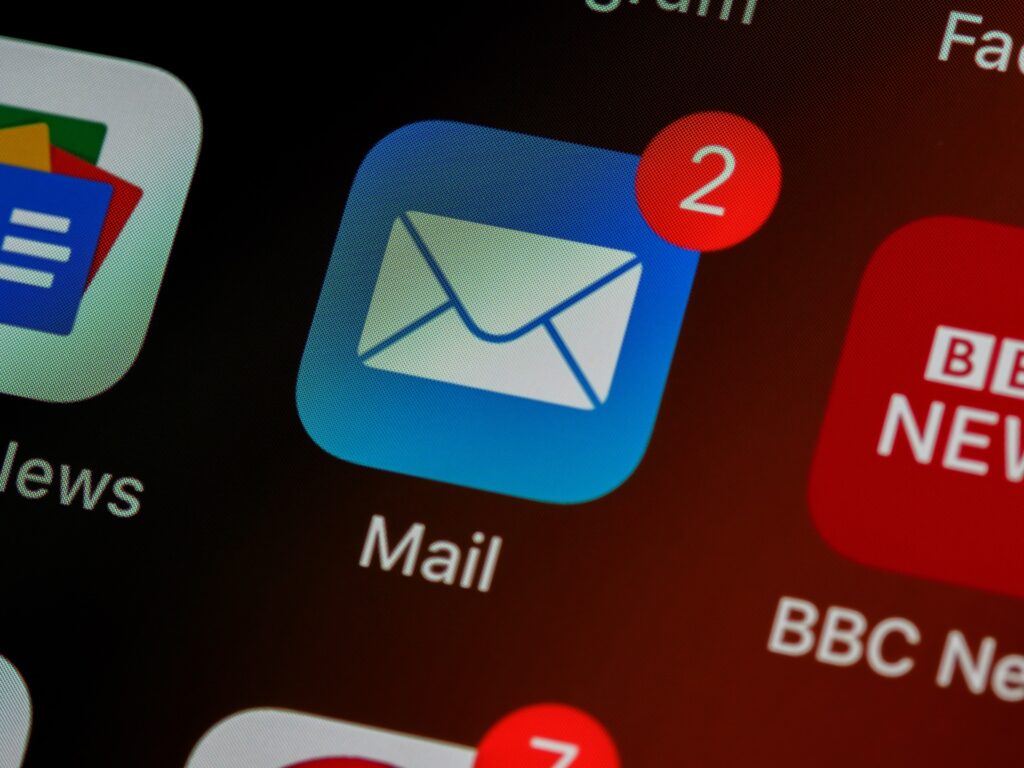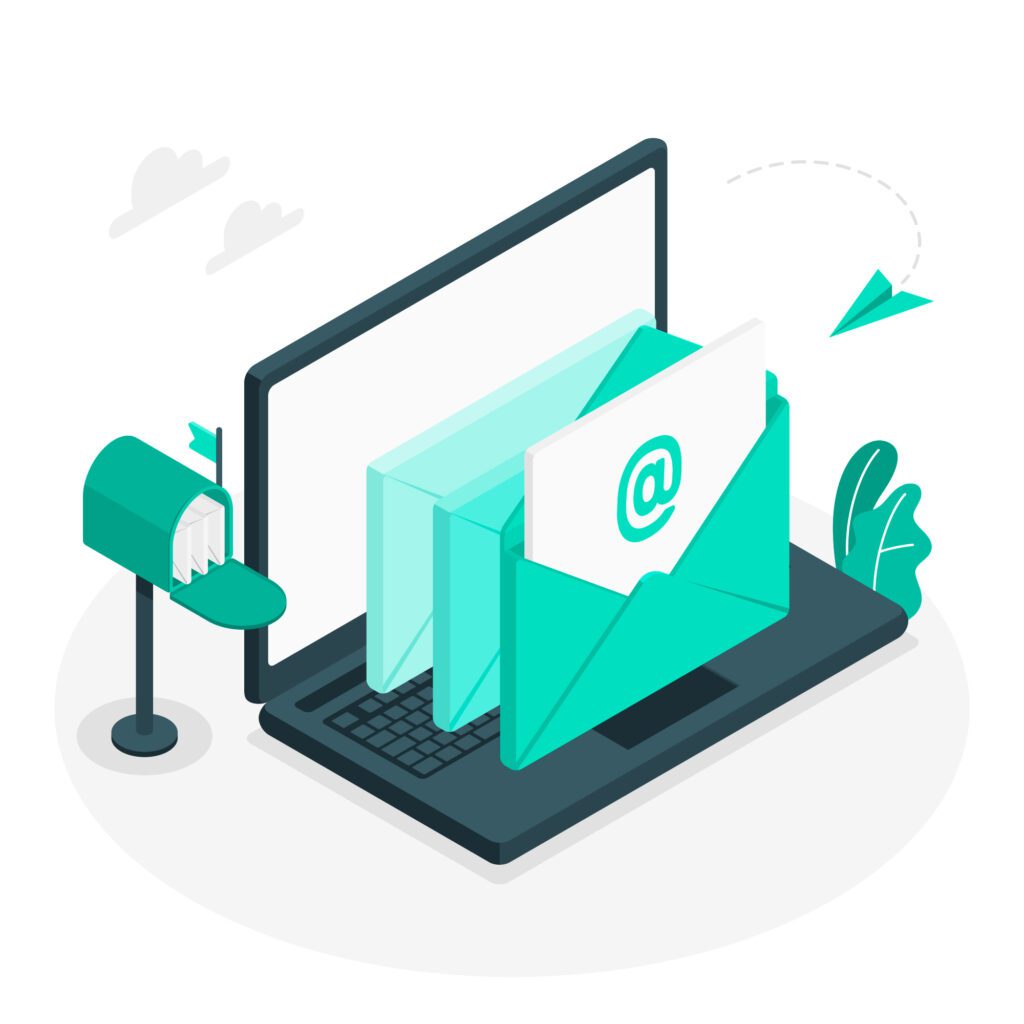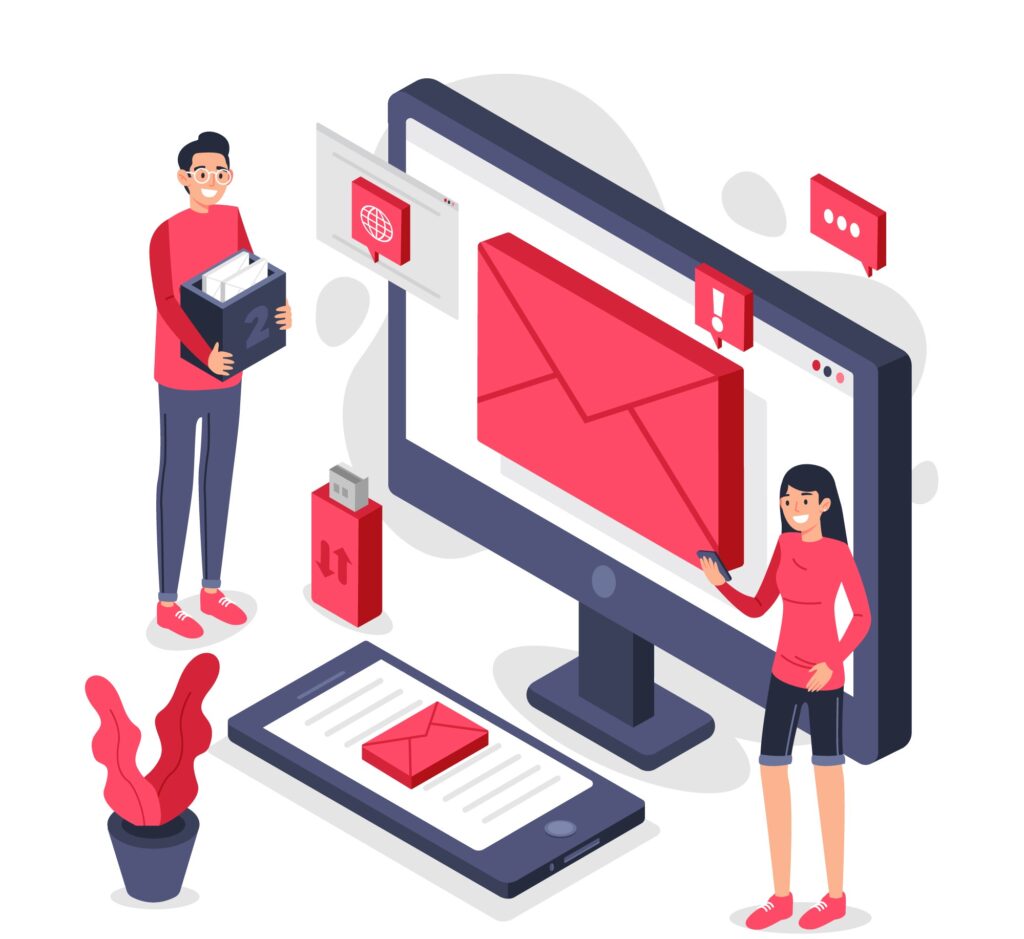In the ever-evolving digital landscape, email marketing remains a powerful and effective tool for businesses to engage with their audience, generate leads, and boost sales. While social media and other marketing channels have gained popularity, email marketing continues to deliver a high return on investment and remains an integral part of any successful marketing campaign. This comprehensive guide explores the best email marketing strategies for campaign success, covering key principles, tactics, and tips to maximize the impact of your email campaigns.
Building a High-Quality Email List
A high-quality email list is the core of any effective email marketing campaign. Rather than purchasing lists or using questionable tactics to gather email addresses, focus on organic list-building methods. Offer valuable content, incentives, or exclusive deals to entice website visitors to subscribe to your newsletter. Additionally, optimize your website’s opt-in forms for easy visibility and accessibility.
Segmenting your email list is equally important. Group subscribers based on demographics, preferences, behavior, or purchase history. Segmentation allows you to deliver targeted and relevant content, which significantly improves the chances of engagement and conversions.
Crafting Compelling Email Content
Creating compelling email content is crucial to capture your audience’s attention and drive them towards action. The content of your emails should be concise, visually appealing, and consistent with your brand identity. Personalization is a powerful strategy that involves tailoring content to individual subscribers, using their names, and referring to their previous interactions with your brand.
Consider adopting storytelling techniques in your emails to emotionally connect with your audience. Share success stories, case studies, or customer testimonials to build trust and credibility. A mix of educational, promotional, and entertaining content ensures that your emails are engaging and not seen as overly sales-oriented.
Implementing Effective Email Design
The design of your emails plays a vital role in the success of your email marketing campaigns. Keep the layout clean, professional, and mobile-responsive to cater to the growing number of users accessing emails on their smartphones. Make use of eye-catching visuals, including images and videos, to complement your message and improve click-through rates.
Use a clear and prominent call-to-action (CTA) that encourages readers to take the desired action, whether it’s making a purchase, signing up for an event, or downloading a resource. A/B testing different design elements, including CTA buttons and color schemes, will help identify what resonates best with your audience.
Optimal Timing and Frequency
The timing and frequency of your email campaigns have a significant impact on their effectiveness. Sending emails at the right time ensures that they are noticed and read by your audience. Analyze your subscribers’ behavior to determine when they are most active and responsive. Testing different send times will help you identify the best time slots for your specific audience.
It is also critical to strike the proper balance in email frequency. Bombarding your subscribers with daily emails can lead to high unsubscribe rates and reduced engagement. In contrast, infrequent emails may cause your audience to forget about your brand. Finding the sweet spot between too many and too few emails is essential for maintaining a healthy email list.
Personalization and Automation
Personalization goes beyond addressing subscribers by their names. Leverage customer data and behavior to deliver tailored content that speaks directly to their interests and needs. Utilize dynamic content to show different content blocks based on subscriber attributes or actions, increasing relevancy.
Automation is a game-changer for email marketing. Set up automated email workflows triggered by specific actions, such as welcome emails for new subscribers, abandoned cart reminders, or re-engagement campaigns for inactive users. Automation saves time and enables you to nurture leads and build relationships with minimal manual effort.
A/B Testing for Continuous Improvement
A/B testing is a powerful technique that allows you to compare different variables in your email campaigns to identify what works best for your audience. Test subject lines, content variations, CTA buttons, images, and send times to understand which elements drive higher open and click-through rates.
Remember that A/B testing is a continuous activity. As consumer behavior and preferences evolve, continuously experimenting and optimizing your email campaigns will help maintain their effectiveness over time.
Compliance and Deliverability
Ensuring compliance with email marketing regulations is crucial for maintaining a positive reputation and deliverability rates. Familiarize yourself with laws like GDPR (General Data Protection Regulation) and CAN-SPAM Act to avoid penalties and build trust with your audience.
Concentrate on deliverability to guarantee that your emails reach your subscribers’ inboxes and are not marked as spam. Maintain a clean email list by eliminating inactive or bouncing email addresses on a regular basis. Monitor email performance metrics like open rates, click-through rates, and bounce rates to gauge deliverability and adjust your strategies accordingly.
Leveraging User-Generated Content (UGC)
User-generated content (UGC) is a powerful tool for email marketing. Encourage your customers to share their experiences and testimonials, and feature this content in your emails. UGC not only builds trust but also creates a sense of community around your brand, encouraging others to engage and share as well.
Conclusion
In conclusion, email marketing remains a critical component of any successful marketing strategy. By following the best practices and implementing the strategies outlined in this guide, you can maximize the impact of your email campaigns, drive engagement, and achieve campaign success. Remember that email marketing is not a one-size-fits-all approach, and continuous testing, personalization, and optimization are key to keeping your email campaigns effective in a rapidly changing digital landscape. Stay committed to delivering value to your subscribers, respecting their preferences, and fostering lasting relationships with your audience.



